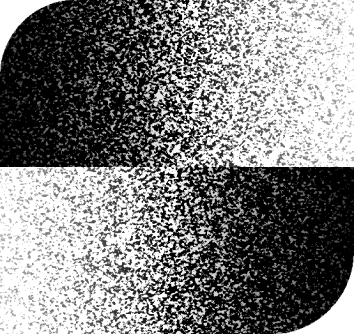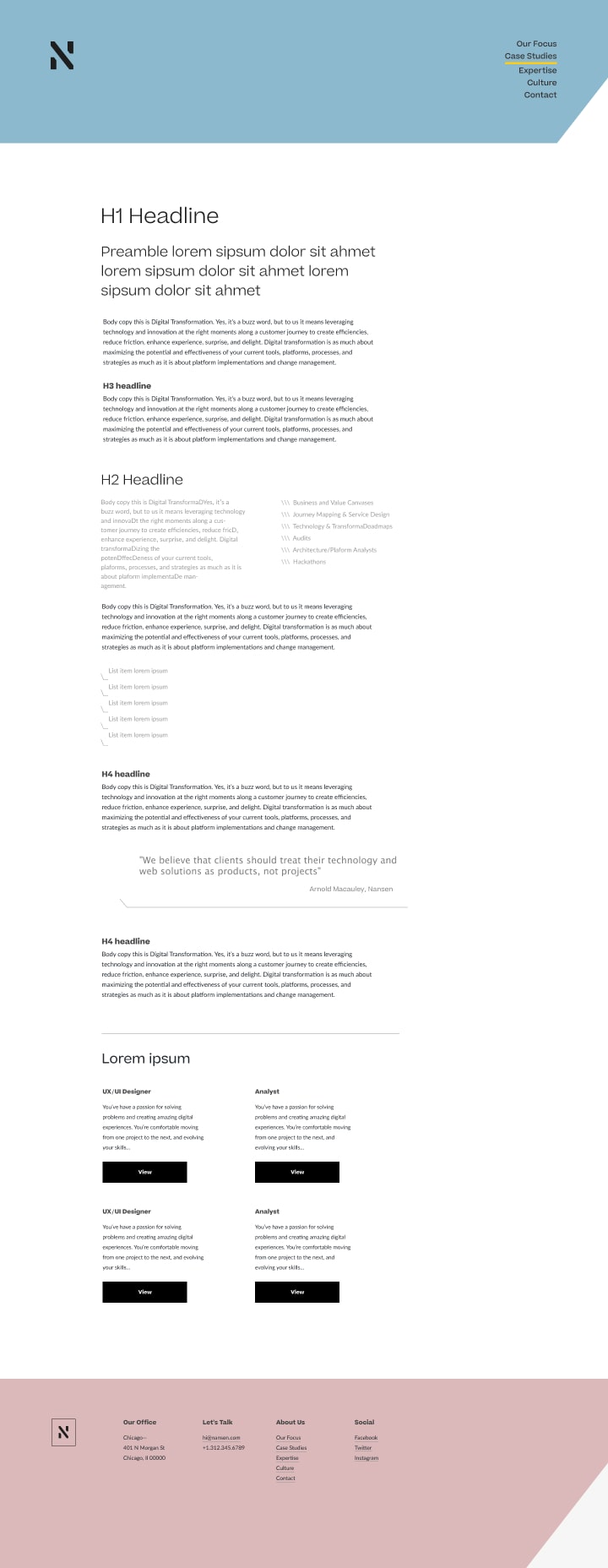Creating a visual identity for cutting-edge AI technology that bridges academic research and commercial innovation.
Background
Sparsit AB, a Swedish AI startup founded by Linköping University researchers, developed groundbreaking technology achieving 10x computational efficiency gains in rendering and image synthesis. As they transitioned from academic research to commercial applications, they needed a complete brand identity to communicate their sophisticated sparse visual modeling technology to both technical and business audiences. I developed a comprehensive visual system that translates complex concepts like foveated sampling and ML-driven optimization into a clear, memorable brand.
Creative team
| Andreas Carlsson | Design Lead and visual designer |
| Jonas Unger | Chief Executive Officer |
| Ehsan Miandji | Chief Technical Officer |
I worked closely with CEO Jonas Unger and CTO Ehsan Miandji to understand both the technical complexity of their work and their business objectives. Regular feedback sessions ensured the brand accurately represented their vision while remaining commercially viable.
Goals & Objectives
Primary Goals
- Create a visual identity that reflects technological sophistication
- Develop brand that could scale from business cards to complex technical presentations
- Establish visual credibility that matches the company's technical expertise
Success Metrics
- Brand recognition in target markets
- Improved professional presentation materials for investor meetings
- Consistent visual communication across all touchpoints
- Positive feedback from technical and business stakeholders
Concept
Retro future
The concept centered on raster, sampling, and simplification, the core principles of Sparsit's technology. Rather than pursuing futuristic sci-fi aesthetics, I drew inspiration from early computer terminals and 1960s tech interfaces: graphically simple, two-dimensional, and retro.
This approach created an authentic visual language that directly connected to the mathematical foundations of their work while avoiding clichéd tech imagery.
The brand
Started with the natural choice of "S" as the primary symbol. Experimented extensively with raster patterns and visual analogies for "sampling" to create a distinctive mark.
The breakthrough came with opposing gradients that abstractly form an "S" shape—directly referencing the gradient-based optimization central to their ML algorithms.



Final logotype
Developed two versions: a detailed gradient version for applications with space and prominence, and a highly stylized version for small formats like favicons and social media avatars.
Typography and colors
Selected typography and colors inspired by early terminal graphics, creating the right visual feeling without literal connection to their current technology stack.
Clean, technical typeface selection that works across both highly technical documentation and business presentations.
Chose Google Fonts for optimal web and print compatibility.
Colors
Minimal palette inspired by terminal graphics, with room for expansion as the brand evolves.




